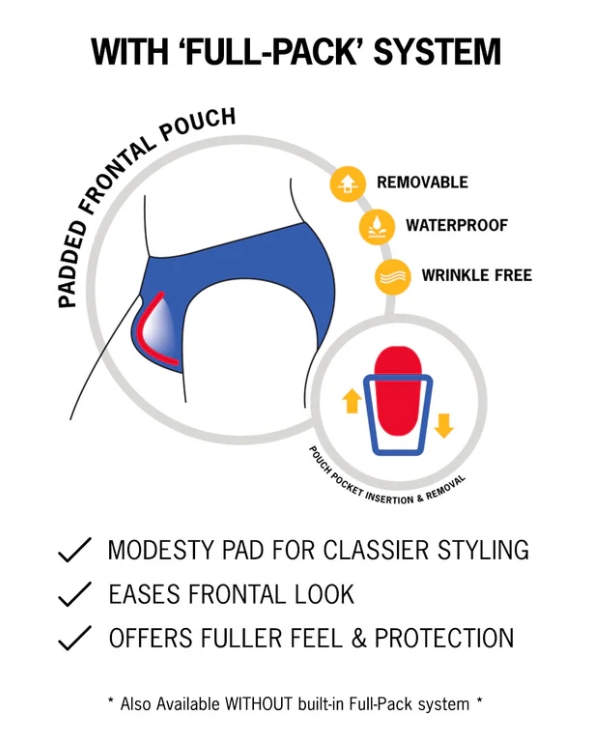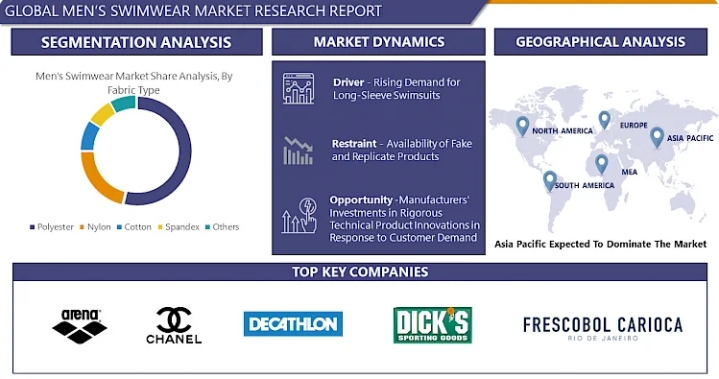Dive into Swimwear: An Introduction
When it comes to swimwear, there's more than meets the eye. Have you ever wondered how swimsuits are made and why it's essential to choose quality and durable options? Let's dive in and explore the fascinating world of swimwear production.
Swimwear production companies play a crucial role in creating the swimsuits we love to wear. They carefully select fabrics, design stylish pieces, and ensure that each swimsuit is made to last. Quality swimwear is not only fashionable but also durable, allowing you to enjoy countless swimming adventures without worrying about wear and tear.
Whether you're splashing in the pool or catching waves at the beach, having high-quality swimwear can make all the difference. So, let's take a closer look at what goes into making swimwear that stands the test of time.
The Fabric of the Sea: Choosing the Right Material
When it comes to selecting the perfect swimsuit, the material it's made of plays a crucial role in how comfortable and functional it will be. Let's dive into the different types of fabrics used in swimwear and what makes some better than others.
Types of Swimwear Fabrics
Swimwear can be made from various materials, but some of the most common ones include polyester and nylon. Polyester is known for its durability and resistance to fading, while nylon is praised for its stretchiness and quick-drying properties. These fabrics are popular choices for swimwear because they can withstand the harsh conditions of the pool or the beach.
What Makes a Fabric Suitable for Swimwear?
So, what makes a fabric ideal for swimsuits? The best swimwear fabrics are those that are stretchy, allowing for ease of movement in the water. They should also be quick-drying to ensure you stay comfortable after getting out of the pool. Additionally, choosing fabrics that are chlorine-resistant can help your swimsuit maintain its color and shape even after multiple swims. Click here for Womens Sexy Bikini Swimsuits.
Crafting Quality: How Swimwear is Made
When it comes to creating high-quality swimwear, a lot of care and attention to detail goes into the process. Let's take a closer look at how swimwear is designed and manufactured to ensure that you get the best product possible.

Designing Swimwear
Designing swimwear starts with a vision. Designers sketch out different styles and patterns to create the perfect look for a swimsuit. Once the design is finalized, patterns are made to ensure that each piece of the swimsuit fits together perfectly.
From Fabric to Finish
Once the design is ready, it's time to bring it to life. Production companies carefully select the best fabrics for the job, considering factors like stretchiness, quick-drying properties, and resistance to chlorine. The chosen fabric is then cut into pieces according to the patterns and sewn together to create the final product. Finishing touches like hems and closures are added to ensure that the swimsuit is not only stylish but also durable.
The Long Swim: Ensuring Swimwear Durability
In order to make sure your swimwear lasts a long time, it's important to understand what materials are best for durability and how to properly take care of your swimsuits.
Materials That Last
When it comes to durable swimwear, certain materials stand out for their longevity. Fabrics like polyester and nylon are known for their strength and resilience, making them ideal choices for swimwear that can withstand the test of time. These materials are able to resist fading, stretching, and damage from chlorine, ensuring that your swimsuit stays in top condition even after many uses.
Care Tips for Longer-Lasting Swimwear
To keep your swimwear in great shape for as long as possible, it's essential to follow some simple care tips. After wearing your swimsuit, rinse it in cool water to remove any salt, chlorine, or sunscreen that can cause damage. Avoid wringing out your swimwear, as this can stretch the fabric and lead to deformation. Instead, gently press out excess water and lay your swimsuit flat to dry in the shade. Additionally, avoid machine washing or drying your swimwear, as this can cause unnecessary wear and tear. By following these easy care tips, you can ensure that your swimwear remains durable and ready for many more swims in the future.
The Perfect Fit: Selecting Swimwear That's Just Right
When it comes to choosing the perfect swimwear, there are a few key factors to consider to ensure you feel comfortable and confident in and out of the water. Let's dive into how selecting the right swimwear can make a big difference in your swimming experience.

Comfort and Functionality
One of the most important aspects of selecting swimwear is choosing the right fabric. The fabric can impact how comfortable the swimsuit feels against your skin and how well it performs in the water. Look for fabrics that are soft, stretchy, and quick-drying to ensure a comfortable fit that allows you to move freely while swimming.
Finding the Right Size and Style
Another crucial factor in selecting swimwear is finding the right size and style that suits your body type and swimming needs. Consider trying on different sizes to see which one offers the best fit and support. Additionally, choose a style that you feel confident and comfortable in, whether it's a one-piece, bikini, or swim trunks.
Summary: Making a Splash with the Right Swimwear
Choosing the right swimwear is essential for a great swimming experience. From the fabric used to the production process, every detail matters. Let's recap the key points we've covered in this article about swimwear production, fabrics, quality, durability, and fabric selection.
Importance of Quality Swimwear
Quality swimwear is crucial for comfort, performance, and longevity. When selecting swimwear, make sure to choose pieces from reputable swimwear production companies known for their high-quality products.
Choosing the Right Fabric
The type of fabric used in swimwear plays a significant role in its performance. Fabrics like polyester and nylon are popular choices for their stretchiness, quick-drying properties, and resistance to chlorine.
Crafting Durable Swimwear
Durable swimwear is made to last through multiple swims and washes. By selecting swimsuits made from durable materials and following proper care instructions, you can ensure your swimwear stays in top condition for a long time.
Perfect Fit for Comfort and Functionality
Finding swimwear that fits well and suits your body type is essential for comfort and functionality. The right size and style can make a significant difference in how comfortable you feel in the water and how well your swimwear performs.
When it comes to selecting swimwear, remember to prioritize quality, durability, and the right fabric selection for a fantastic swimming experience!
Frequently Asked Questions (FAQs)
What is the best material for swimwear?
When it comes to choosing the best material for swimwear, you'll want to look for fabrics that are stretchy, quick-drying, and chlorine-resistant. Materials like polyester and nylon are commonly used in swimwear because they have these qualities. They allow for flexibility and comfort while also being durable enough to withstand the harsh chemicals in pool water. Contact us for customize women's bikini swimwear.
How do I know if a swimwear production company makes quality products?
When looking for a swimwear production company that makes quality products, there are a few key things to consider. First, check if the company uses high-quality fabrics that are known for their durability and performance in the water. Look for companies that pay attention to detail in their designs and construction, ensuring that each swimsuit is made with care and precision. Reading customer reviews and testimonials can also give you insight into the quality of the company's products and customer service.

































































